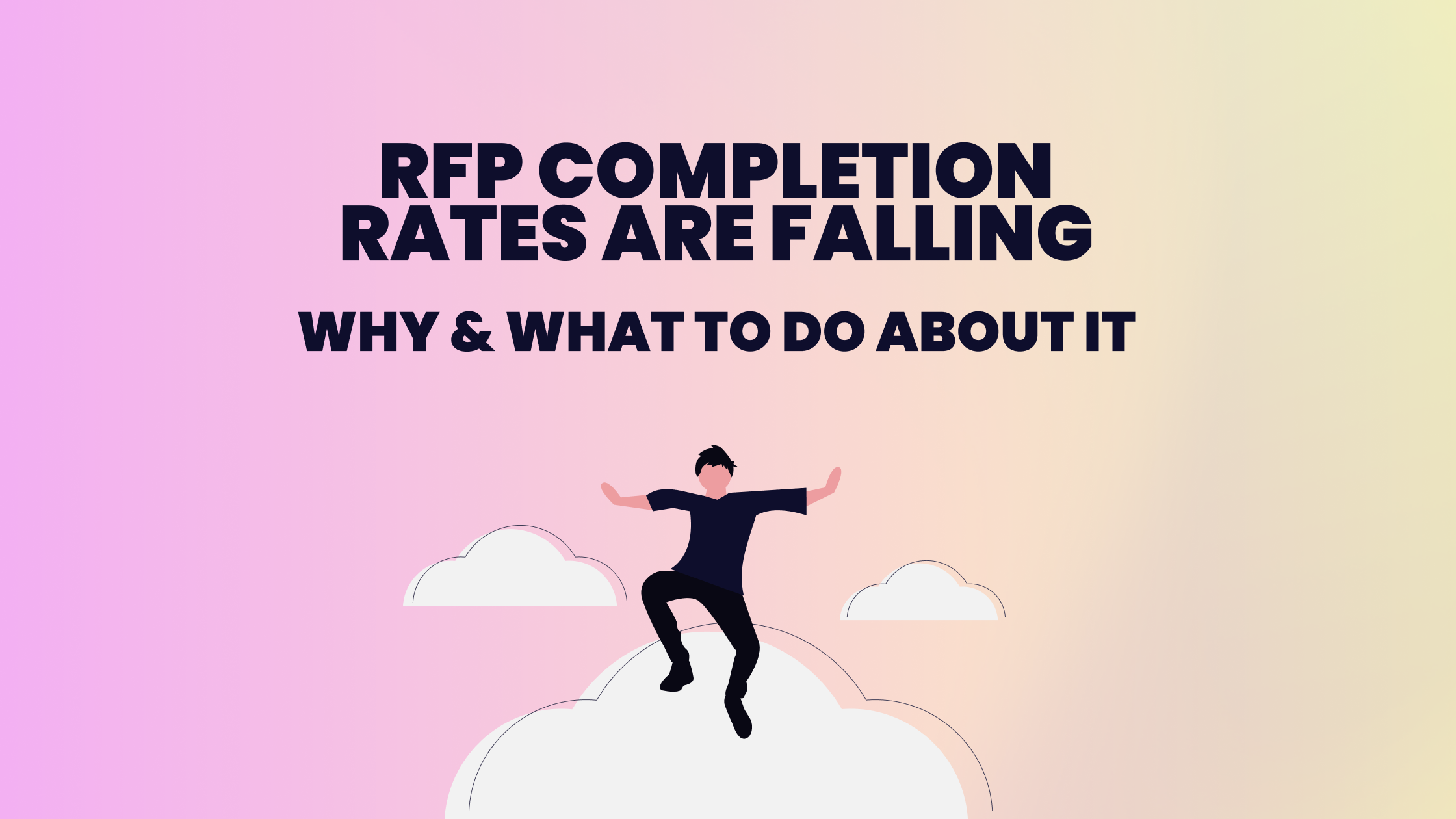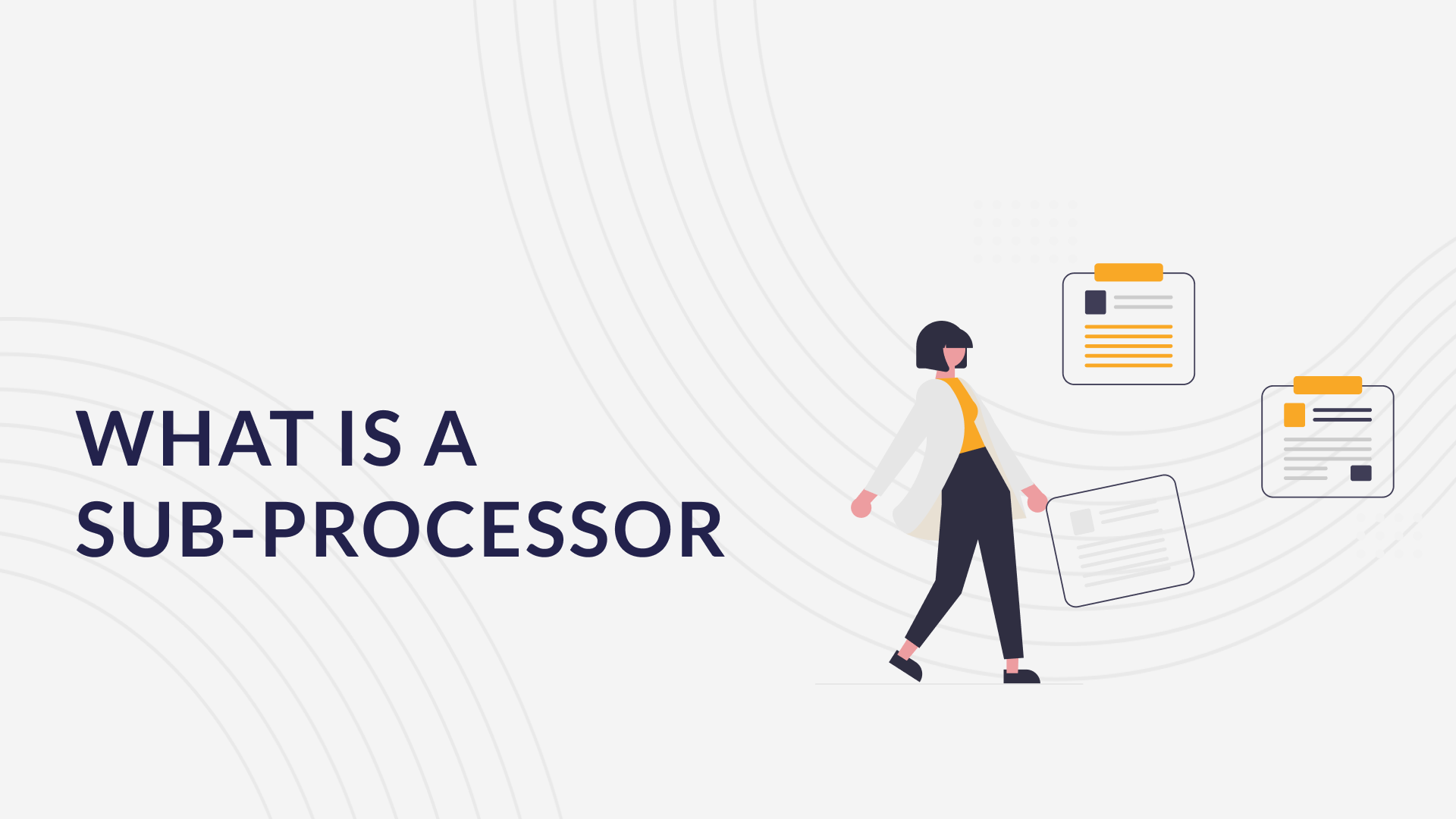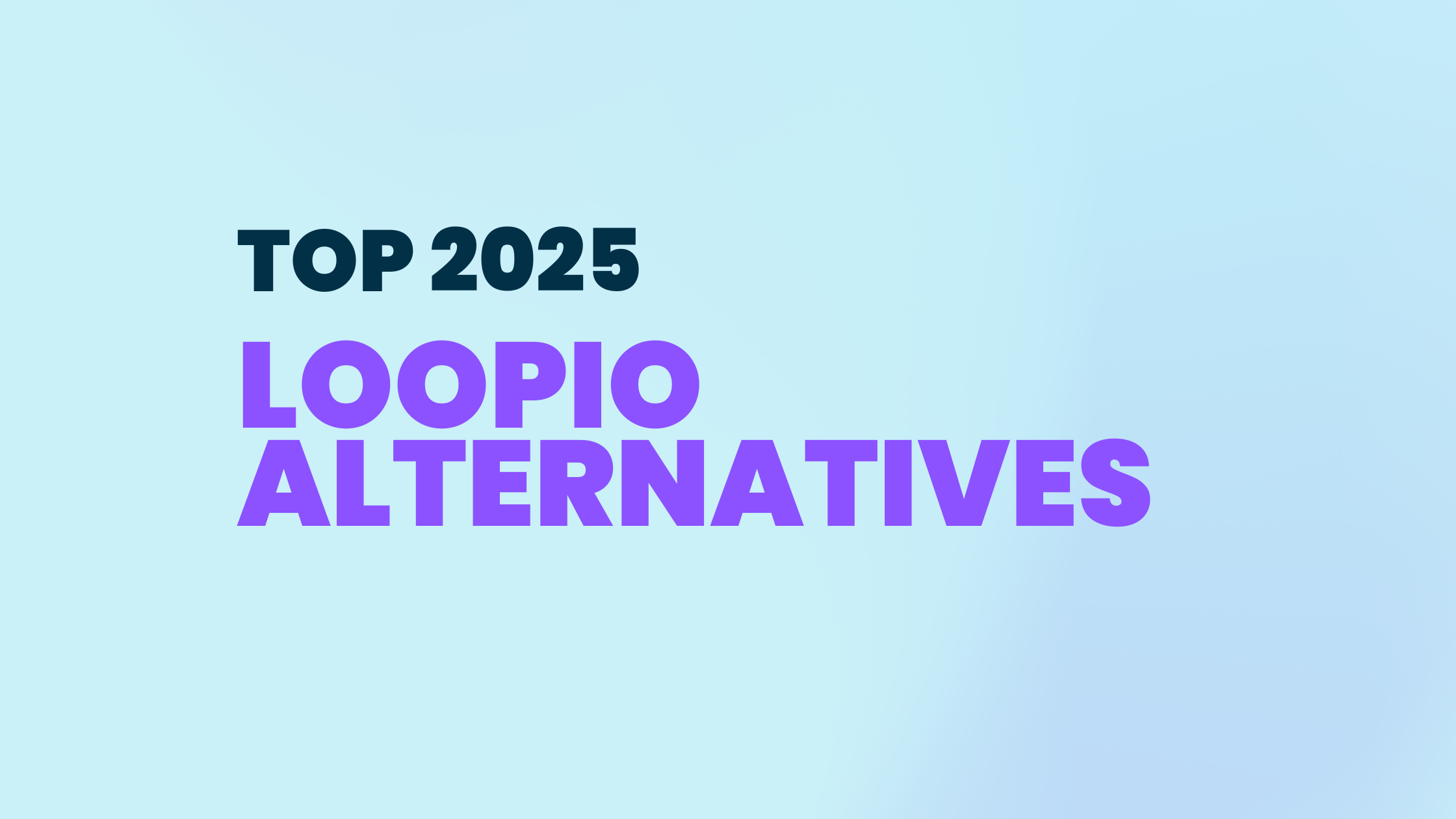In today’s B2B landscape, completing a SaaS security questionnaire is no longer optional, it's a prerequisite for closing deals with mid-market and enterprise customers. These documents, often containing more than a hundred questions, serve as a formal method for prospective clients to evaluate your product’s security posture.
Whether your company is pursuing ISO 27001 or SOC 2 compliance, or simply aiming to accelerate sales cycles, understanding how to approach these questionnaires can be crucial. Missteps can cause unnecessary delays, while well-prepared responses build trust and streamline procurement.
Who is this for?
This guide is tailored for professionals working in B2B SaaS companies, particularly those responsible for managing technical pre-sales, security documentation, or compliance workflows. Sales engineers, security leads, founders, and compliance officers who frequently encounter procurement and vendor assessment processes will find this resource especially useful.
If your company provides cloud-based software and your team is struggling to respond efficiently to complex customer questionnaires, this guide will equip you to navigate those requirements with more confidence and speed.
Understanding the SaaS Security Questionnaire Format
General Information Section Overview
The general information section is the starting point for most questionnaires. It typically collects basic details about your organization, including your registered name, headquarters location, data hosting regions, legal entity, point of contact, employee count, and occasionally revenue or certification status. These questions are straightforward but still important, as inconsistencies or vague answers can erode trust. Make sure you use consistent naming and align your responses with what’s stated in your Data Processing Agreement (DPA).
Security Domains Covered in the Questionnaire
Security questionnaires often span several major domains, such as organizational and HR security, application security, network and endpoint security, incident response, business continuity, and compliance with established standards. Each domain reflects a different layer of your security posture, and customers use these sections to assess your maturity and risk.
Why Vendors Must Prepare in Advance
Vendors that prepare in advance are better positioned to answer questions quickly, accurately, and with minimal friction. Preparing reusable content for these questionnaires helps reduce delays in deal cycles, avoid internal confusion, and minimize the risk of misrepresenting your security practices. It also sets you up for successful external audits or certifications down the line.
How to Answer Organizational and HR Security Sections
Designating a Security Lead and Documenting Policies
In the organizational section, buyers are primarily interested in governance: who is responsible for your security program, and how well it’s documented. If your company has a designated Chief Information Security Officer (CISO) or equivalent, mention this explicitly. Provide evidence of security policies that have been formally documented and regularly reviewed. If possible, link to a centralized policy index or mention how policies are stored and accessed internally.
Providing HR Onboarding and Offboarding Procedures
When answering HR-related questions, describe your onboarding and offboarding procedures in detail. For onboarding, highlight whether you conduct pre-employment background checks and provide security training as part of the induction process. On the offboarding side, explain how access to internal systems is revoked (ideally immediately) and what checks are in place to ensure no residual access remains.
Demonstrating Employee Background Checks and Training
You may also be asked to elaborate on how often employee background checks are conducted, what types of checks are included (e.g., criminal, credit), and how security training is reinforced over time. If your company uses an LMS or automated tool to manage training modules, explain how it ensures consistent coverage and compliance.
Responding to Application, Network, and Asset Security Questions
Penetration Testing and Firewall Configurations
Application security is a critical section in any SaaS security questionnaire. You’ll often be asked whether you conduct regular penetration tests, how vulnerabilities are remediated, and whether the tests are conducted by independent third parties. Detail your testing cadence (annual, bi-annual, or after major releases) and explain how findings are prioritized and tracked to resolution.
IAM and Password Management Practices
Identity and access management (IAM) is another core area. Provide details on your authentication mechanisms, such as the use of single sign-on (SSO) protocols like SAML or OAuth, and how you enforce strong password policies. If your system supports role-based access control (RBAC), describe how access permissions are provisioned and reviewed. Mention the tools you rely on to manage these functions, such as Okta, Azure AD, or 1Password.
Data Segregation and Risk Management Methodology
Data segregation is especially important in multi-tenant environments. Explain how customer data is logically separated, whether through separate databases, schemas, or application-level safeguards. Finally, outline your risk management methodology, including any threat modeling or security assessments you conduct regularly.
Addressing Incident Response, Backup, and Business Continuity
Sharing Incident Response Plans and Past Incidents
Incident response questions aim to assess how quickly and effectively you react to security events. Detail the steps in your incident response plan (from detection to escalation to resolution) and explain who is notified, when, and by what method. If you’ve experienced incidents in the past, describe them in anonymized terms and explain how you handled them.
Backup Frequency and Restoration Procedures
Backup-related questions focus on how often data is backed up, where it’s stored, and how easily it can be restored. Clarify your backup frequency (e.g., hourly, daily), the storage location (e.g., geographically redundant AWS S3 buckets), and the procedures for testing data restoration. Explain how long data is retained and how you verify the integrity of restored backups.
Business Continuity Plan (BCP) and Disaster Recovery Plan (DRP)
Business continuity and disaster recovery (BC/DR) questions evaluate your preparedness for catastrophic events. Define your Recovery Time Objective (RTO) and Recovery Point Objective (RPO) clearly, and explain how you maintain and test your BCP and DRP. Identify the team or roles responsible for these plans, and mention how often tabletop exercises or simulations are conducted.
Providing Proof of Compliance and Security Standards
Listing Third-Party Audits (SOC 2, ISO 27001)
Buyers want reassurance that your security program is not just theoretical but has been validated by credible third parties. If you have a SOC 2 Type II report or an ISO 27001 certificate, specify the scope of the audit and share the most recent version or bridge letter if available. If you are not yet certified but aligned with the requirements, explain where you are in the process.
Detailing Encryption at Rest and In Transit
When discussing encryption, distinguish clearly between encryption in transit and at rest. Mention that you use TLS 1.2 or higher for securing data in transit, and AES-256 for data at rest. If you use a cloud provider’s key management service (KMS), outline how encryption keys are rotated and who has access.
Explaining Change Management and Data Disposal Policies
Finally, change management and data disposal policies demonstrate how you handle evolving systems and the lifecycle of sensitive data. Describe your process for reviewing and approving code or infrastructure changes, how changes are tracked (e.g., via Git or a ticketing system), and how you ensure rollback plans are in place. For data disposal, clarify your retention policies and describe the technical methods you use to ensure data is securely deleted, such as cryptographic erasure or secure overwrites.
Key Takeaways & Wrap Up
Completing a SaaS security questionnaire is an unavoidable part of scaling a B2B software business. While the process may initially seem tedious or bureaucratic, it plays a vital role in demonstrating your company’s reliability, security maturity, and operational integrity. Remember:
- Security questionnaires are a necessary part of B2B SaaS growth.
- Preparing a clear, central repository of your answers saves time.
- Aligning with standards like SOC 2 or ISO 27001 builds trust.
- Accuracy and transparency will reduce friction in the deal process.
SaaS Security Questionnaire - FAQs
How long does it take to complete a security questionnaire?
Timelines vary depending on the complexity of the questionnaire and your level of preparation. A well-organized team can respond within a few hours; otherwise, it may take up to two weeks.
Do I need to be SOC 2 certified to answer a security questionnaire?
Certification is not required, but aligning your processes with SOC 2 or ISO standards provides credibility and saves explanation effort.
What if I don’t know the answer to a question?
It’s better to respond transparently with "under review" or "not applicable" than to guess. Provide context when appropriate and follow up with updates.
Should we automate responses using AI or RFP tools?
Yes, automation can dramatically improve efficiency. However, human review is essential to ensure accuracy and alignment with current practices.
What’s the best way to manage recurring questionnaires?
Maintain a centralized knowledge base with vetted, up-to-date answers. Schedule quarterly reviews to keep content fresh and aligned with changes in your tech stack or policies.



